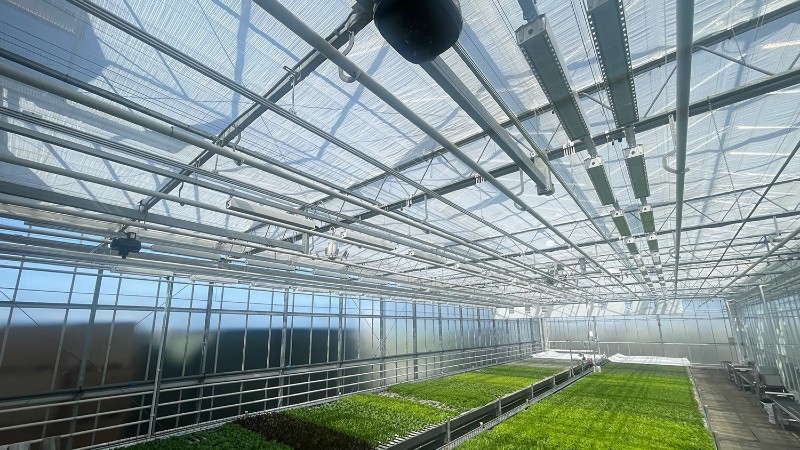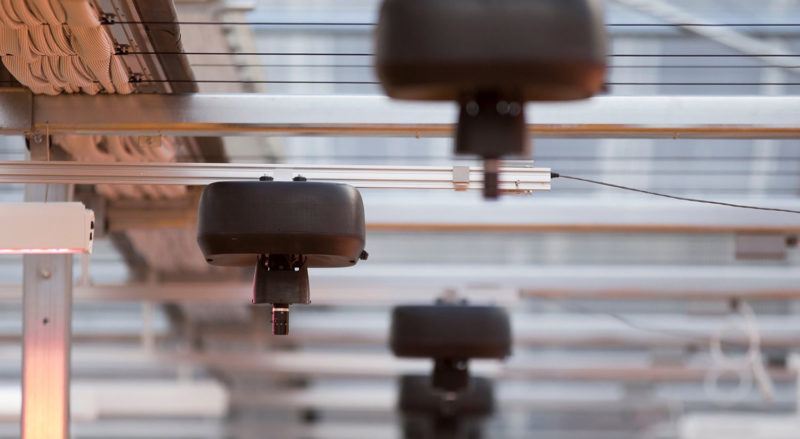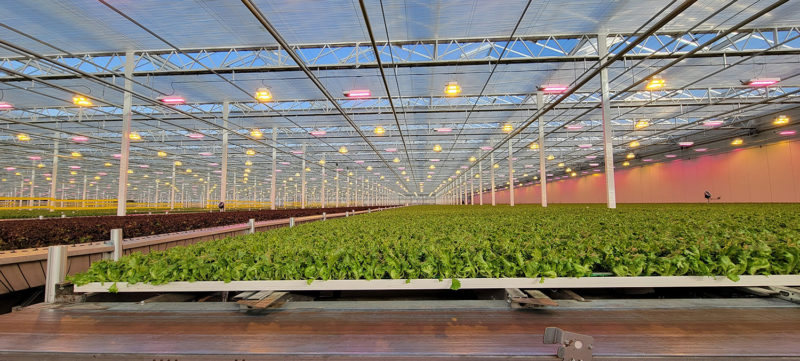
Technology — Managing What You Measure
Growing is as much an art as it is a science. How many times have you made an adjustment to a growth recipe because you see something awry with the crop? I’ve worked with great growers who can spot a disease a hundred feet away in one plant and make small adjustments to eradicate the issue on the fly.
While it may not seem like it, these are all data points, and data is critical for managing profitable operations. Today, much of our data is collected manually, if recorded at all. Technology can be leveraged to both automate manual data collection and to introduce new types of data.
So where should you be looking to introduce new technologies for data collection and analysis? Start with processes that are inaccurate or costly now. These are easy to replace with technology and have a clear return on investment (ROI). Then, look to processes that increase quality and/or yield. These also have a clear ROI, but often take longer to realize that return. Lastly, look at areas where you can introduce entirely new data sets to help drive higher profits. How would you adjust crop recipes if you could see the minute changes of a plant’s growth curve on a daily basis? These are the types of new data opportunities we can implement with technology.
At IUNU, we use computer vision to drive value across the three categories described above: automating manual data collection, focusing on quality and yield, and introducing new datasets. Computer vision simulates human vision and replaces tasks like scouting and counting. Computers can run these tasks 24/7 and cover the entire greenhouse quickly, whereas with people, the process is tedious and expensive.
If you’re considering the shift toward datadriven operations, explore the following areas for meaningful ROI.
INVENTORY MANAGEMENT
The most fundamental aspect of your business is knowing what inventory you have growing, and where it is, at all times. Most ornamental growers know that getting accurate and timely inventory counts can be done, but it comes at a cost.
If you’re sending teams of people to count plants on a regular basis, you’re wasting time and money. If you send 10 people out to count your inventory, you’ll likely get four different numbers back. That’s because humans are not the most efficient at relatively easy, repetitive processes that require accuracy. We can see up to a 30% error rate every time we run a counting process.
Your business relies on accurate inventory counts, which means you’re going to overspend in order to reconcile any error rate. Technology can solve this problem.
By using cameras to identify every individual plant and count each one, you can replace the manual expense of counting altogether. And, you can run your counts more frequently than before.
The computer vision aspect of counting has been around for a long time. The challenge for greenhouse growers has been getting imagery of 100% of the plants. At IUNU, we’ve developed a rail system that allows cameras to travel long distances in order to cover all of your crops. While still early in development, drones could potentially be used to effectively cover large acreage.
PEST AND DISEASE MANAGEMENT
Another major opportunity for automated data collection is pest and disease management. Like inventory counting, scouting is a very manual process today. Whether you send folks out to scout crops or you use yellow sticky cards/tape to do quick checks on insects, you’re likely running a reactive process.
With a manual inspection process, you can only detect an issue when someone physically sees it. This often is too late. Growers can experience losses of between 5 and 25% due to disease and pests. With technology, growers can replace the manual scouting process, scout more frequently, and detect issues earlier, leading to lower losses. One lettuce grower we work with was able to catch chlorosis in their crop within 24 hours of appearing. With some adjustments to the system, they were able to remediate the issue and eliminate the potential revenue loss.
Tomato growers right now are being devastated by tomato brown rugose fruit virus (ToBRFV). The virus presents visually, and work is being done by companies to determine how early it can be detected using computer vision. This could save the industry billions of dollars in losses each year.
Data for data’s sake is useless. But collecting good data and using it to drive better decision-making can be hugely valuable to your business. Disease and pest management is one of those areas. By shifting from reactive decision-making to proactive decision-making, growers can increase profits by reducing the risk of pest and disease losses.

CROP QUALITY AND YIELD
Crop steering is another area that can be improved drastically with more data. Today, growers are looking at crop data to make decisions already. You may weigh crops to record yield or measure sample crop data as part of crop registration. All of this information helps determine what the climate set points should be, when to open and close vents or shading, when to turn lights on and off, when to irrigate, and more.
Crop steering is a good example where new sources of data can be incredibly valuable. Much of the day-to-day changes of a plant happen quietly — they are too small for us to notice. Technology, however, can identify very small changes, allowing us more visibility into how crops are performing in real time.
Germination success is one of the prime drivers into high quality and high yielding crops. With computer vision, we can analyze germination performance. By calculating the germination success for every plant, we can see what might be causing failures (and successes). Is it isolated by a climate zone? Are failures tied to high humidity days? Is it a seed issue? All of this information helps us make better growing and business decisions.
Growers are using technology to view growth curves for each individual inventory group as well. Software makes it possible to evaluate this data by crop variety, by date or by location. With LUNA AI (IUNU’s flagship product), growers can compare best performing groups against the current group in order to see if you’re on par with your best performers. Growers can use this data to steer more proactively and more effectively.
SALES FORECASTING
In addition to inventory counts, forecasting yield is one of the most critical functions of an organization. For some growers, this process starts and stops with historical sales data. For some growers, this data coupled with better inventory management (see first item) may be good enough for better sales forecasting. For many others, forecasting accurately is the ultimate goal and getting more granular is crucial.
In order to get better forecasts, we need better data. Lettuce growers often record sample weights to represent the entire harvest. This is not enough to produce accurate yield forecasts. With some changes to the harvest line and software to link weights to specific inventory batches, growers can overhaul their process to capture every individual unit weight coming off the harvest line. These weights can then be used to aid in forecasting. At IUNU, we have a product called Harvest Weight Capture that does exactly this. Growers can also look at different scale options to help record more yield information. By adding yields to LUNA AI, along with growth curves, germination rates and more, we can forecast yield for growers in advance with significantly higher accuracy.
For ornamental growers, understanding readiness is a different challenge than yield forecasting. Growers have specifications that determine readiness (color, size, etc.). Crops are visually checked to see if and when they meet the requirements. This is another example where computer vision can aid our processes and move us into data-driven decision making. Instead of subjectively checking crops, growers can use computer vision to identify exactly when crops meet their requirements and notify the sales team, eliminating the friction that often exists between production and sales.
Ultimately, these are just a few examples of where data can have a meaningful impact for your business. If you’re exploring how to become more data-driven as an organization and thinking about how technology can help you get there, we’d love to chat. You can reach out to me directly with feedback, questions or ideas.
For an enhanced reading experience, view this article in our digital edition by clicking here.


 Video Library
Video Library 




















